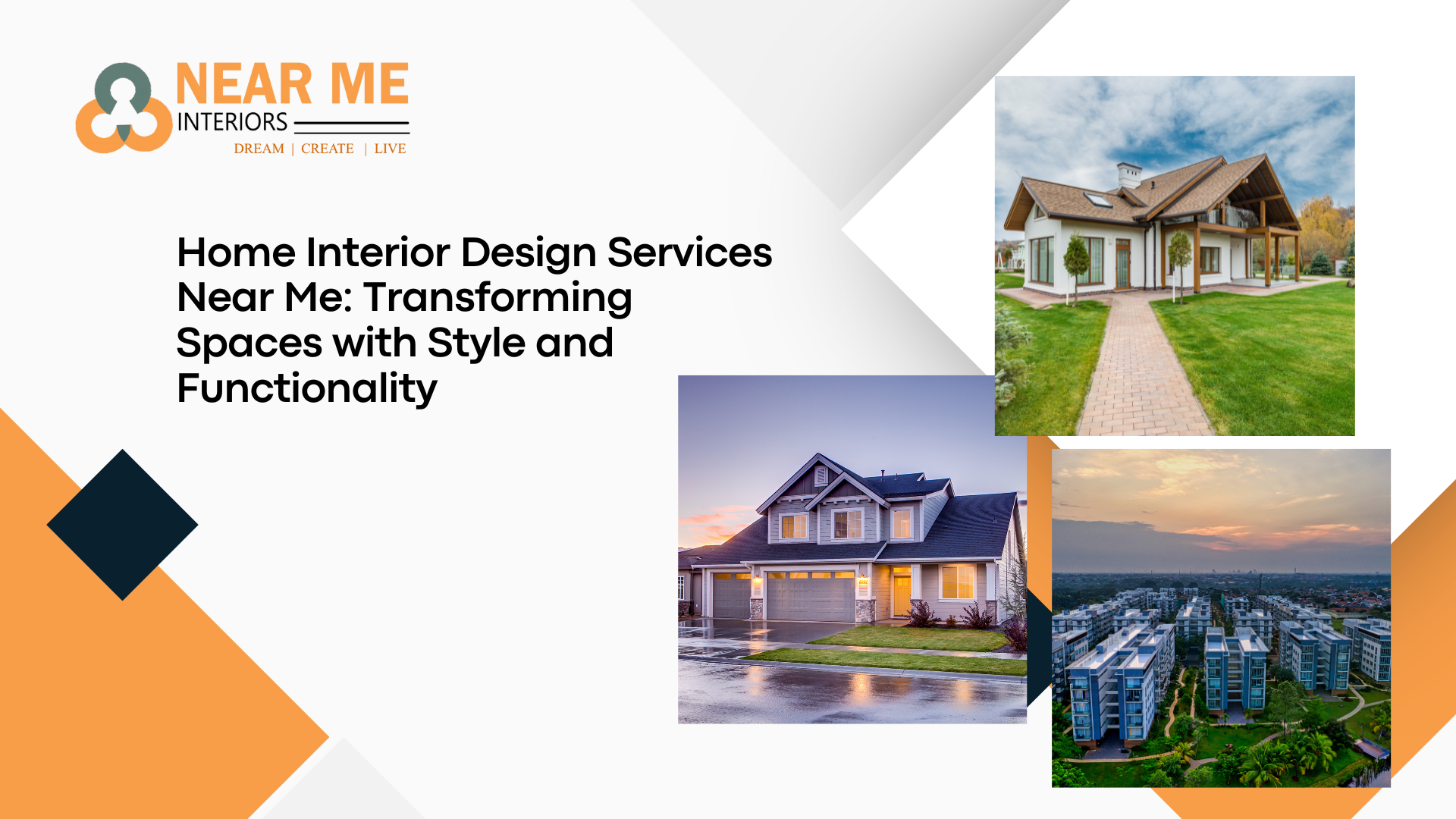House of Interior Design: Elevating Your Living Spaces
Interior design is more than just creating beautiful spaces; it's about transforming a house into a home that reflects personality, comfort, and functionality. The House of Interior Design stands as…








